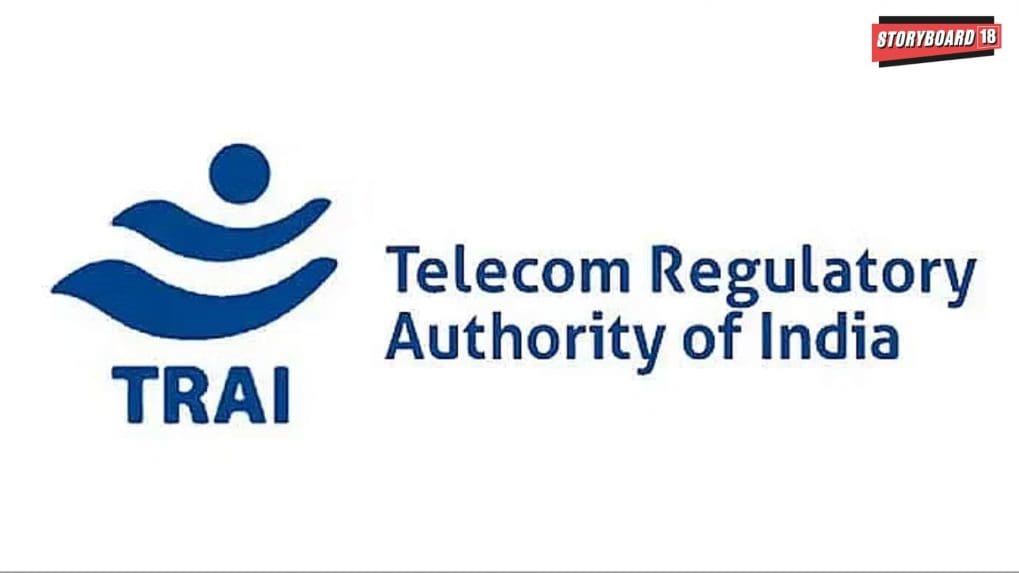India nears 1 billion internet users as broadband base hits 944 million: TRAI
The number of wireless data users also climbed to 939.51 million, up 2.87% year-on-year. Supporting this surge, total wireless data consumption jumped 17.46%, from 1,94,774 PB in FY24 to 2,28,779 PB in FY25.
ADVERTISEMENT
The total number of internet subscribers in India stood at 969.10 million in March 2025, up from 954.40 million in the previous year, a 1.54% growth, reveals the TRAI's yearly data. Of these, 944.12 million are broadband users, reflecting a 2.17% increase from the previous year. In contrast, narrowband users declined 17.66%, dropping to 24.98 million.
The number of wireless data users also climbed to 939.51 million, up 2.87% year-on-year. Supporting this surge, total wireless data consumption jumped 17.46%, from 1,94,774 PB in FY24 to 2,28,779 PB in FY25. Correspondingly, revenue from wireless data usage rose 15.49% to Rs 2,15,078 crore.
The Average Revenue Per User (ARPU) for wireless services rose sharply by 16.89% to Rs 174.46. Prepaid ARPU also grew, but postpaid saw a marginal dip. Minutes of usage per subscriber climbed from 963 to 1000 minutes/month, with prepaid usage leading the charge.
As per the data, wireless subscriptions fell slightly by 0.73%, dropping to 1,156.99 million, while wireless teledensity declined to 81.94%. Conversely, wireline subscriptions grew 9.62% to 37.04 million, boosting wireline teledensity to 2.62%, driven by improved rural and urban connectivity.
Additionally, the telecom sector’s financial health showed encouraging signs in the fiscal year 2024–25. Gross revenue rose by 10.72% to Rs 3,72,097 crore, while Adjusted Gross Revenue (AGR) grew by 12.02% to Rs 3,03,025 crore, reflecting robust performance and sustained consumer demand. Additionally, Spectrum Usage Charges (SUC) and license fees increased by 13.02% and 12.02%, respectively, indicating higher network utilization and regulatory contributions. Notably, access services which include mobile and wireless connectivity accounted for a substantial 83.65% of the AGR, underscoring the continued dominance and consumer reliance on mobile networks as the primary communication backbone in India.
As of March 2025, India’s broadcasting and DTH landscape presented a mixed picture. A total of 918 satellite TV channels were permitted by the Ministry of Information and Broadcasting, out of which 333 were categorized as pay TV channels. In the Direct-to-Home (DTH) segment, the number of active pay DTH subscribers saw a decline, falling to 56.92 million from 61.97 million the previous year. The private FM radio sector also saw consolidation, with the number of operators reducing to 33, although the total number of operational stations remained steady at 388 across 113 cities.
Read More: Reliance Jio leads broadband services sector with 474.81 mn subscribers, reveals TRAI data
In contrast, community radio witnessed growth, with the number of operational stations increasing to 531, up from 494 a year ago, reflecting a continued push towards hyper-local, grassroots-level broadcasting.
India’s telecom and digital media sectors have recorded a year of mixed growth, according to the 2024–25 annual performance review released by the Telecom Regularity Authority of India (TRAI). While broadband adoption and revenue indicators show positive momentum, teledensity and wireless subscriptions have taken a slight dip.
Read More: Jio and Airtel sustain broadband supremacy amid modest industry growth: TRAI
Read More: Telecom revenue surges; internet base shrinks slightly in Q1 2025: TRAI

